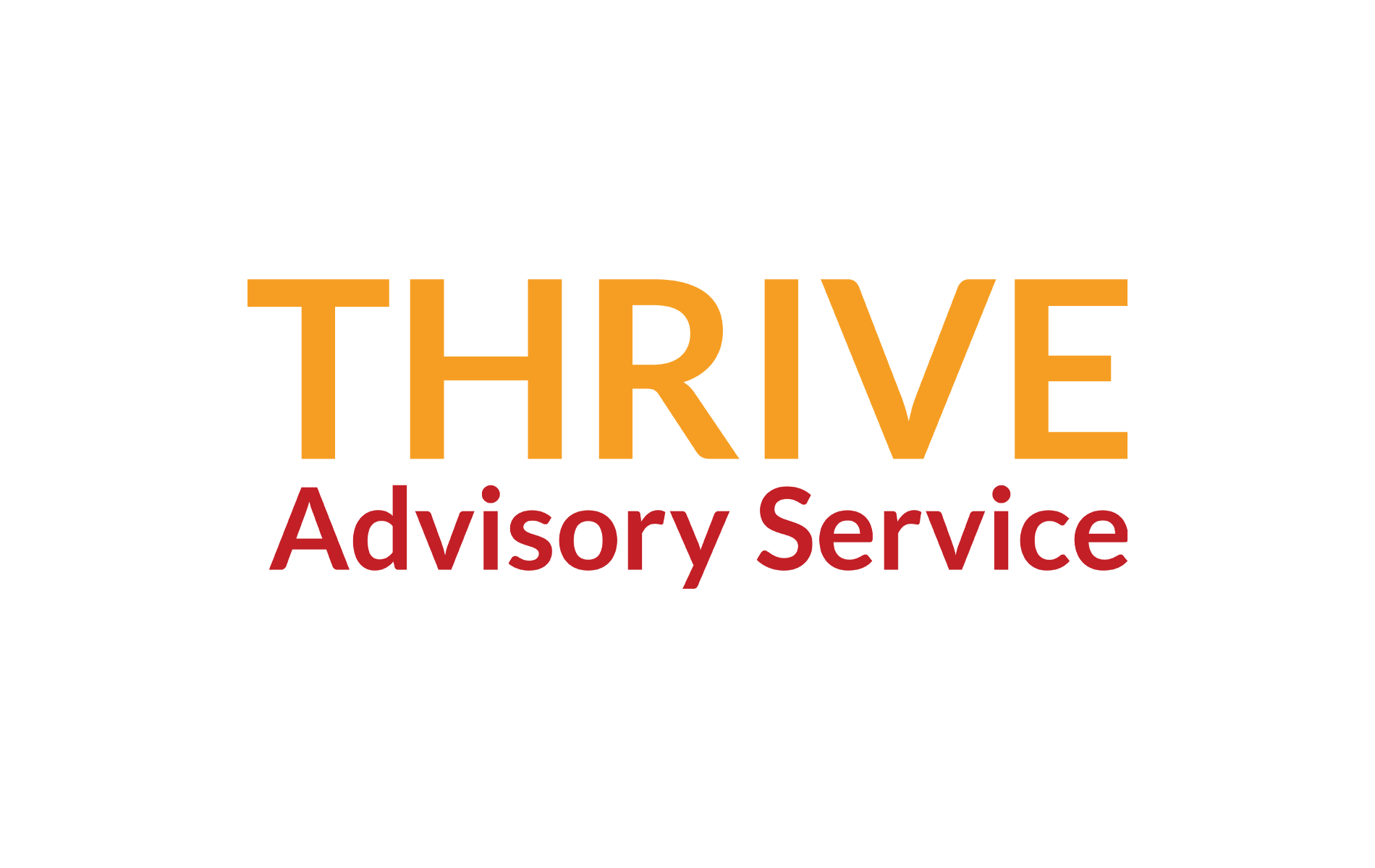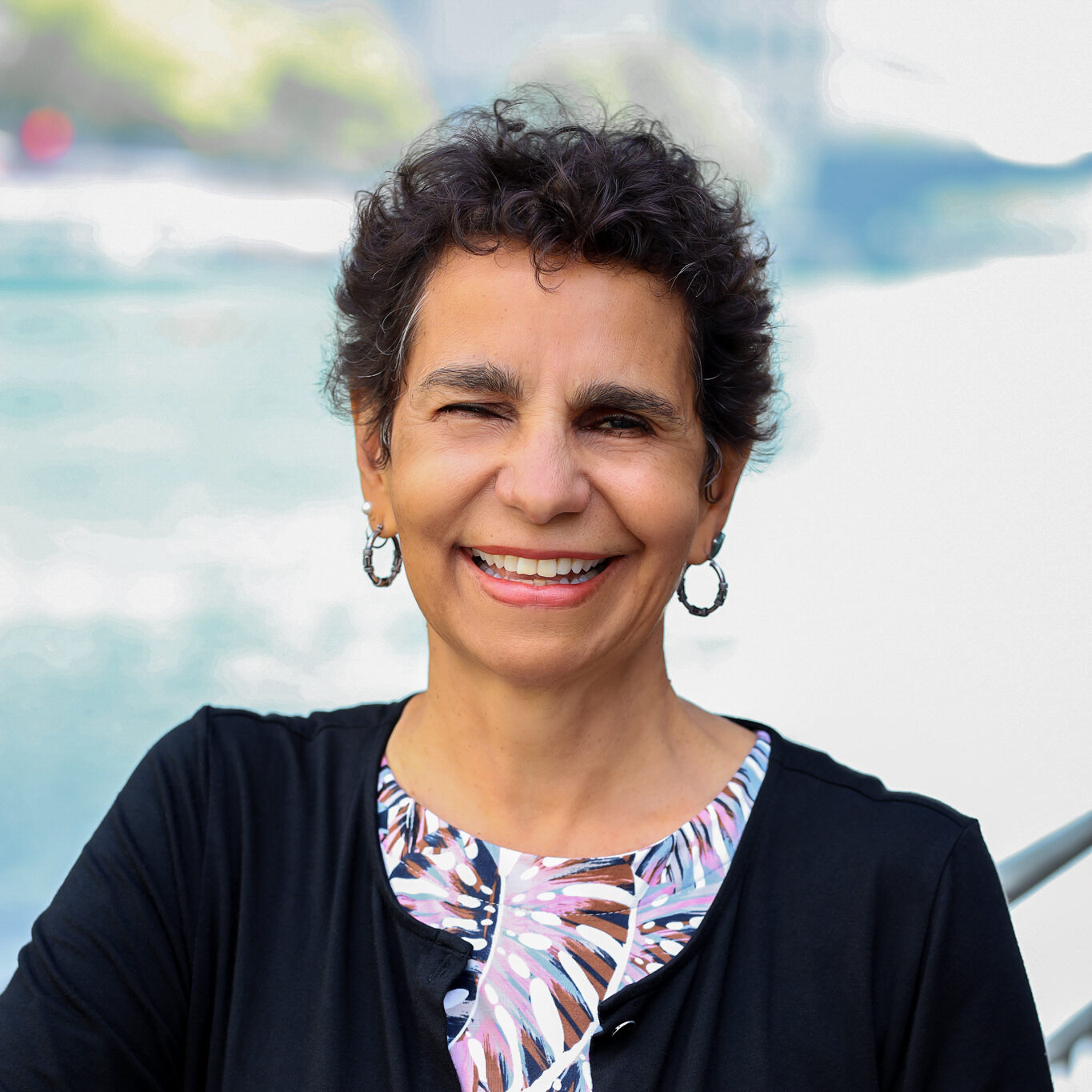Reprint of an article originally posted in May 2022, by Holly Delany Cole
In our fifteen years of partnering with community-based organizations, the Flexible Leadership Award (FLA) has been the primary vehicle by which we have provided support to organization leaders. It is an opt-in initiative which is offered to the grantee organizations of our funder partners, ‘on top of’ the multi-year, general operating support (or ‘MYGOS’ as I like to remember) they have secured from those same funder partners. The FLA program includes several years of financial awards, enabling leaders to focus on a full arc of organizational development—and on themselves, with long-term accompaniment by a Capacity Coach (what we call our incredible consultants) who informs the process over time. As the awards program has evolved, we have also increasingly centered equity in our theory of change, working from a fundamental belief that leadership, when infused with joy, resilience, and a commitment to equity and shared power, is transformative.
Recently, I had the privilege of sharing just how transformative centering racial equity in capacity building can be, at a webinar event put on by Grantmakers for Effective Organizations (GEO), a community of global funders committed to transforming philanthropic culture and practices in service of the nonprofit partners they serve. At the heels of their recent release of GEO’s latest publication, Reimagining Capacity Building, I was invited to share my insights on behalf of the LeadersTrust, alongside Becky Belcore, Executive Director of NAKASEC, a visionary leader and long-time LeadersTrust grantee partner. Although capacity building has been a critical component of our work, traditional models of capacity building do not always consider culture, systems and power in their design, and miss the mark in maintaining an equity-centered approach.
In their report, GEO outlines the following principles for integrating racial equity within capacity building efforts:
- Understand and account for context.
Reflect on how organizational context (including staff composition) may influence capacity building, and push for designs that are rooted in culturally and linguistically relevant content and allow for flexibility in the face of changing conditions.
- Provide continuous support for capacity building.
Advocate for multiyear commitments and general operating support, signaling trust and an understanding that organizational strengthening efforts take time.
- Incorporate collective approaches.
Consider models of shared leadership and approaches that center the experiences of those most directly affected. This includes advocating for grantee and community partners to co-create capacity-building engagements and supporting peer learning cohorts.
- Lead with mission and values.
Articulate values related to equity, ensuring that capacity-building initiatives are aligned with these values and in the service of mission and desired impact.
- Nurture trust-based relationships.
Build and support models that are rooted in partnership and authentic, not extractive, relationships.
- Integrate a systems perspective.
Consider how the social sector ecosystem is strengthened and understand how structural forces, including funder practices and policies, may influence capacity building.
The report offers many real-world examples of how funding organizations have incorporated the above principles in their capacity building strategies (It’s well worth the read, I promise!)
For this post, I will only zero in on that final principle, around integrating a systems perspective to this work.
In general, capacity-building efforts often focus on strengthening individual leaders or organizations, but as we have come to know working with leaders over the years, no one person—or even a single organization—on their own, can solve today’s most pressing challenges.
“By taking a systems approach, one that recognizes the value of collective power, capacity builders can help develop a complementary set of capacities within a network that goes beyond that of any one organization and is, thus, more closely aligned with a fieldwide mission. “
— “Reimagining Capacity Building: Navigating Culture, Systems, and Power”
At The LeadersTrust, we articulate a deep commitment to not only organize and deliver resources that organizations can use to strengthen individual and organizational practice, but also to movement building by “seeding the ecosystem” with resources and opportunities. Below I offer up two areas wherein this commitment to movement building takes shape:
At the organizational level
The Capacity Coaches we work with help organization leaders fully consider the eco-systems in which they operate – we ask questions to learn and raise awareness about who they are partnering with and why, and how they are ‘showing up’ in these coalitions. In partnership with their Capacity Coaches, we create opportunities for leaders to identify, envision, and strengthen the competencies needed to show up strong as not only as staff for their own organizations, but as members and participants of coalitions and networks and movements.
Another way in which we are supporting individual leaders to more deeply engage in larger eco-systems to which they belong is through a “lighter touch”, cohort-based program we are launching in partnership with the James Irvine Foundation—the Fair Work Growth Fund. This program provides general operating support grants and access to peer learning opportunities, mentorship, and networking opportunities to leaders at smaller worker justice-focused nonprofits across the state. We anticipate that this opportunity —rooted in specific economically underserved geographies and communities —will create sustained pathways for the engaged leaders to become more deeply embedded in the larger worker justice movement in California.
At the field level
This brings to mind two collaborative projects with which we are engaged with the Resilience Initiative – a capacity-strengthening project organized by the Packard Foundation and led by Paula Morris. The point of our joining forces is to create unburdened, easy, and expanded access to critical resources for nonprofit leaders. One of these is The Resource Hub – a national, staffed, online database of values-aligned practitioners which offers real-time resource navigation for grantee partners wishing for help to define their projects and find consultants. Another involves employing an ‘all-access’ wrist band approach to facilitate finding and enrolling in resonant TA and Peer Learning Programming. (Shout out to Maura Bairley for the apt ‘wrist-band’ metaphor!)
Both initiatives are accessible by the 500+ grantee partners across our six different foundation partners with whom we work. The question we aimed to answer with these programs and others we imagine going forward is — how do we make these offerings easily accessible and coherent for the groups?” How do we do this in a way that clearly shows the need for groups to negotiate access and eligibility with multiple funders? Can we (on the philanthropy and philanthropy-partnering side of things) do the work of coordination and collaboration, so they don’t have to?
Lastly, it is important to note that attention to the supply side of things in the field-building equation is key. From our original home inside the Leadership Program led by Linda Wood at the Haas Jr. Fund we learned that concerted efforts to help create places of learning and exchange for consultant practitioner partners was critical. Practitioners also need to have time, space and support to grow, learn, sharpen their own skills and gain visibility for their wisdom and innovations. Truthfully, we go nowhere on this question of bringing ease and capacity to organizations, without the energies and engagement of people to responsibly hold, facilitate and inform the work.
Over the years, the LeadersTrust has learned that centering intersectional racial equity is about the way grantmakers or funders are in the work. It is about how we include grantee partners in design, it’s about consulting with them first before offering anything, and by always placing them in the driver’s seat.
You can check out a few other resources from the GEO event below:
Recording of Reimagining Capacity webinar
Slides from Reimagining Capacity webinar

